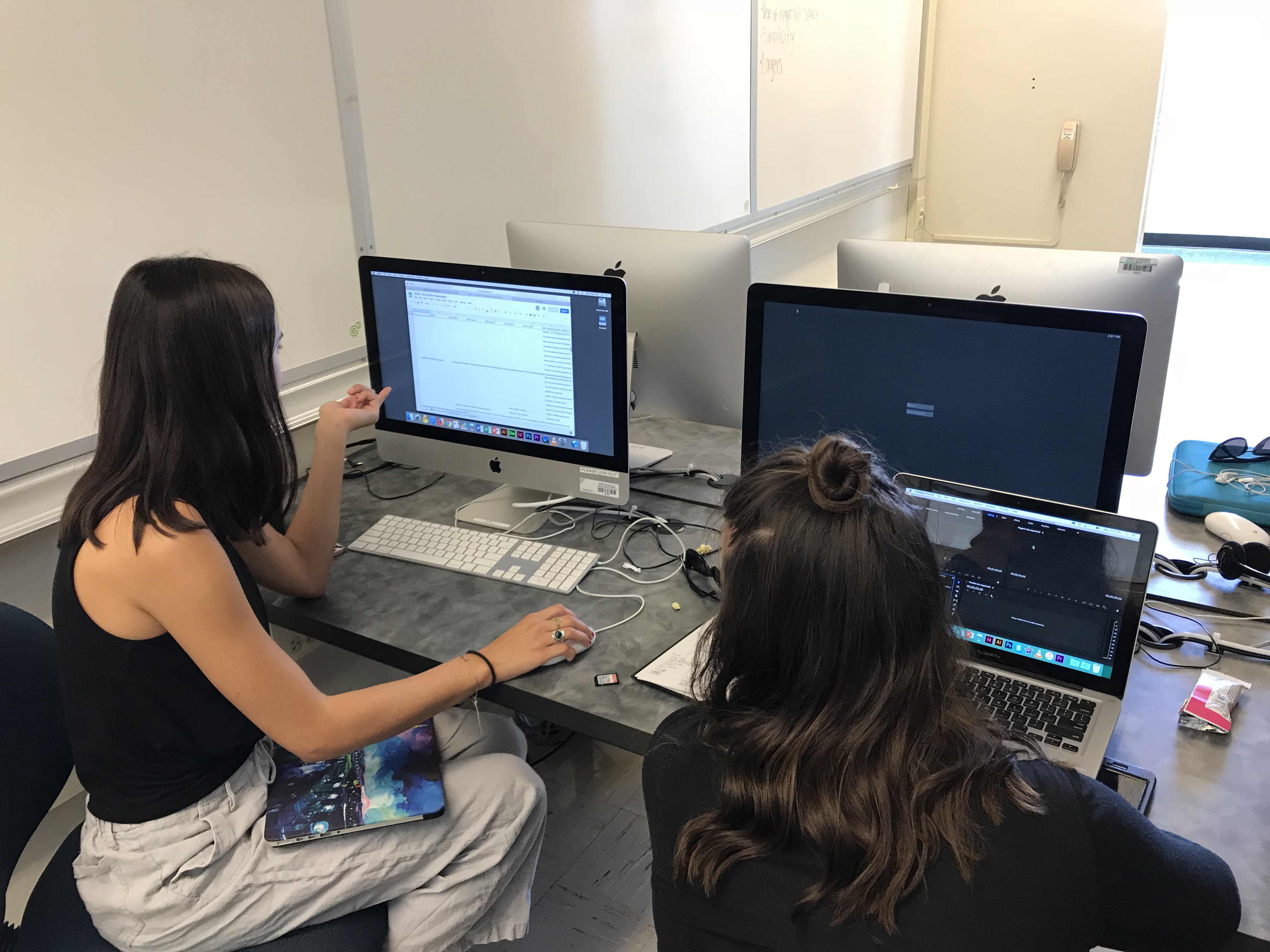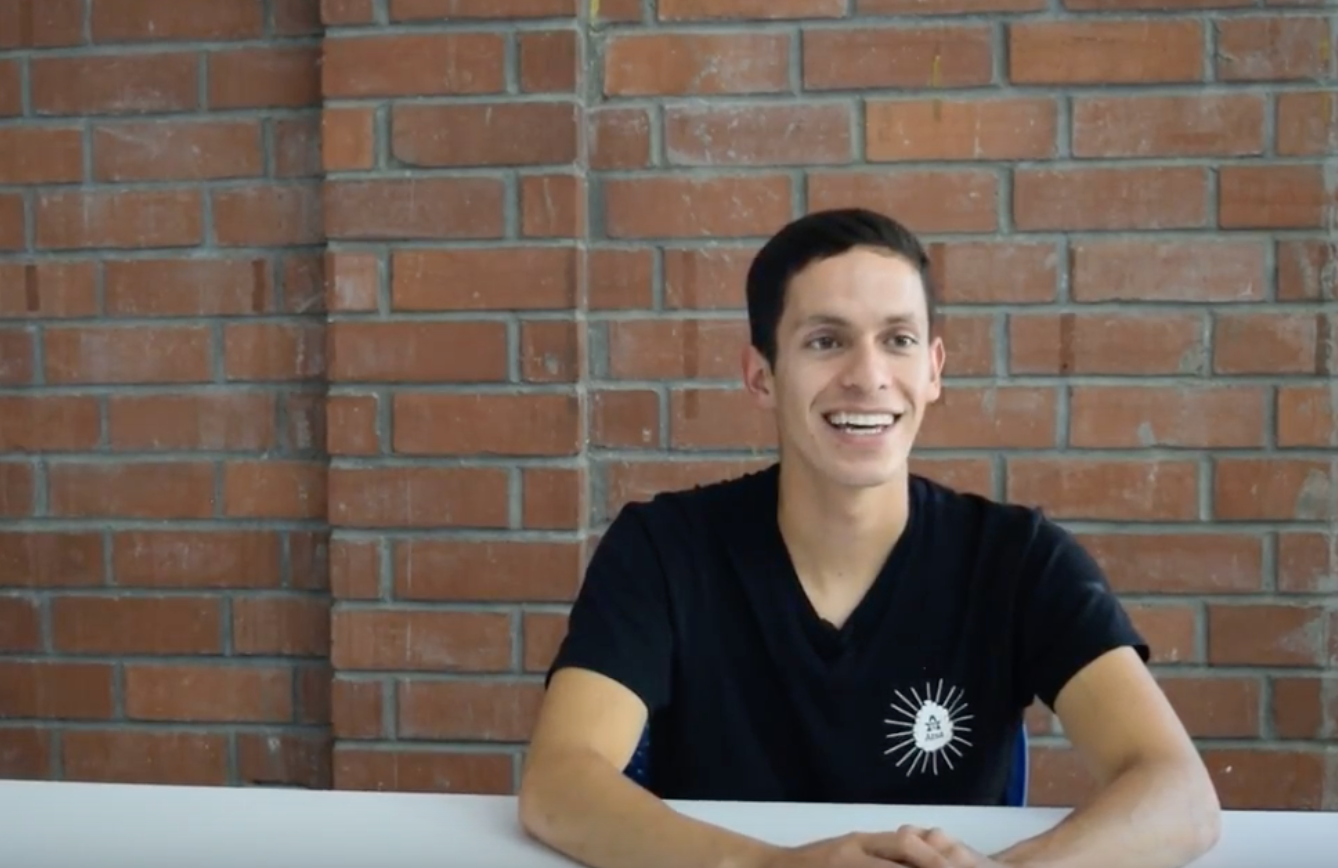Storytelling has always been a part of human nature. Before language, people would use art to tell their stories. Cavemen drew pictures of their stories on the walls of their caves, ancient Egyptians used hieroglyphics, and so on. It could be argued that telling stories is a primal instinct that is rooted in our DNA. Our ancestors used whatever tools they had available to tell stories, and today we call that journalism.Journalism is one of the fastest changing career fields. Technology is constantly advancing, and journalists are racing to keep up. Even within the last few years the journalist job description includes new aspects that weren’t there before. Now, a journalist has to be able to take photos, edit videos, create interactive graphics, write an article, etc. More than that, they have to be able to do all of those things with very limited time.
In the professional journalism arena, the time between a story being assigned to being publish is very brief. It is an extremely fast-paced career that requires organization and creativity. So what exactly goes on behind the scenes of a story from start to finish? To explore this, we will focus on the first project of the quarter.
The Beginning
After doing the research and arranging an interview, our group realized that our initial story idea was no good. There wasn’t really much to tell. In addition, the story did not lend itself to intriguing video. Since we are in a group of three, we realized that we should cater our story to the different storytelling components we were assigned for each project. The combination of boring footage and lack of a story made us realize that we needed to change our idea, and change it fast. At this point, we were a week behind and had to catch up. Ultimately, we decided to change our story from the new waitlist system to Atsá Foods.

The Roles
Each of us had a unique role in the completion of our story. I was in charge of strategy and engagement, Hollie West was our audio and video person, and Megan Garcia was responsible for the written article. In our situation, a group project proved helpful because none of us felt our given role was our forte. We were there to answer questions for each other and lend a hand if necessary. That being said, we all did face some challenges along the way.

The Challenges
Aside from the obvious challenge that came along with needing to catch up after we switched our story idea, all three of us experienced different challenges for our given platforms. For Megan, the most difficult part of her job was figuring out a way to report on the story that wasn’t promotional. She said, “A lot of the questions people wanted answered were the nutrition facts and so I had to weave the answers into the newsworthy story of why Rafael Pintor wanted to create this product.”
For Hollie, her challenges came during the editing process. “The most challenging part of this project was picking out the best part of the story and condensing it down to only 90 seconds while including all of the important parts,” she said. Rafael gave an extremely informative interview and trying to piece together the most important aspects together in the limited time allotted proved very difficult for her.
As for me, my greatest challenge with this project was figuring out a way to post on social media that would ignite a response. In my personal life, I am not super active on social media. It has never been something that was in my wheelhouse. Unfortunately, for the most part, I found that people didn’t really care enough to take the time and respond to my questions. I received very limited responses considering how many followers and group members there were on each social media platform.
Atsá Foods President
While the three of us may have felt overwhelmed and frustrated at times in our assigned roles for this project, I would argue that we all were able to put things into perspective after the interview with the creator of Atsá Foods, Rafael Pintor.

Pintor, a senior agricultural science major, has been juggling school as well as being the founder of a relatively successful startup. He doesn’t think of himself as a businessman, and said that balancing them both has been a “wild ride.”
When the company launched in April, he took that quarter off of school and focussed on business. He said, “I feel like you’re learning more going out door to door selling to these shop owners.”
What We Learned
No one in our group was assigned to their most comfortable component for this project. Because of that, it left a lot of room to learn and grow for each of us. Megan learned the importance of writing leads. She realized that she is more inclined to write a cliché lead and said it was great practice writing and looking over the original leads.
Hollie learned how important emotion is in video storytelling. She learned how to get emotion out of a person while interviewing them and how much better the footage is when that happens. She is also proud to say that she now knows how to edit a video into Mustang News style.
I learned the importance of reaching out to your readers/viewers before you decide on an angle for your story. In the past, I would walk into my interviews with a very broad question, or simply just asking the person to tell me their story. I would listen for unique qualities when they spoke and would get my angle from there. I learned that just because I think an angle is interesting and needs to be addressed, that doesn’t necessarily mean it is the best way to go. I also learned how to be creative in my research. Our story was only covered by New Times SLO and was briefly mentioned in the SLO Chamber. The bulk of useful information I got during my research came from the Atsá Foods website and a blog on the Cal Poly Center for Innovation and Entrepreneurship.